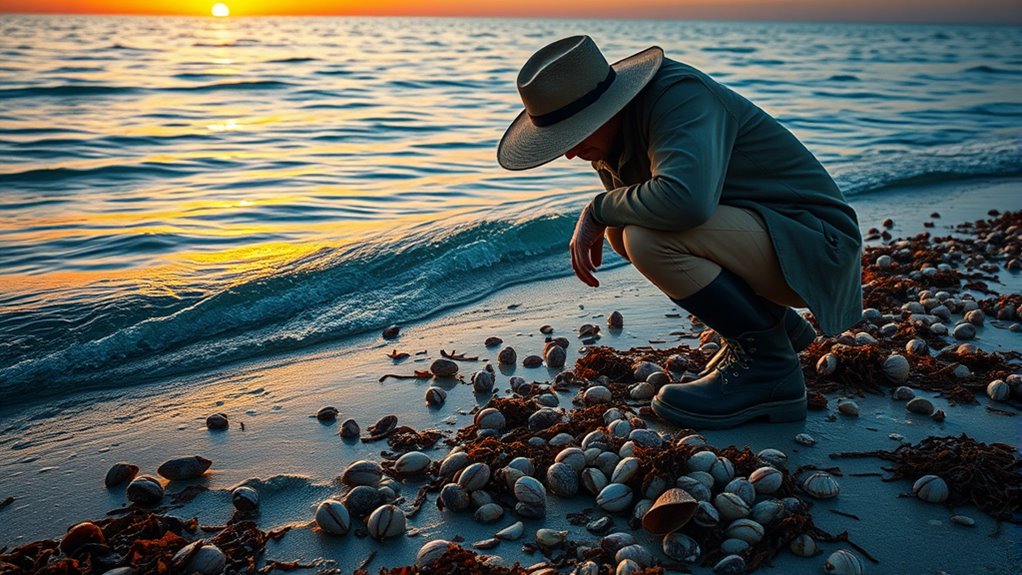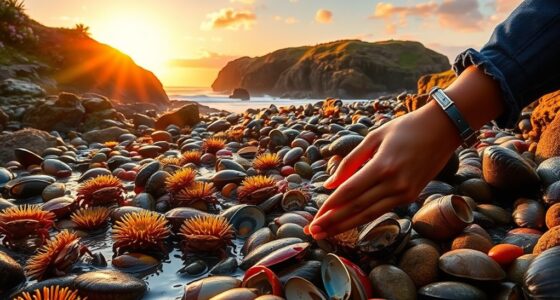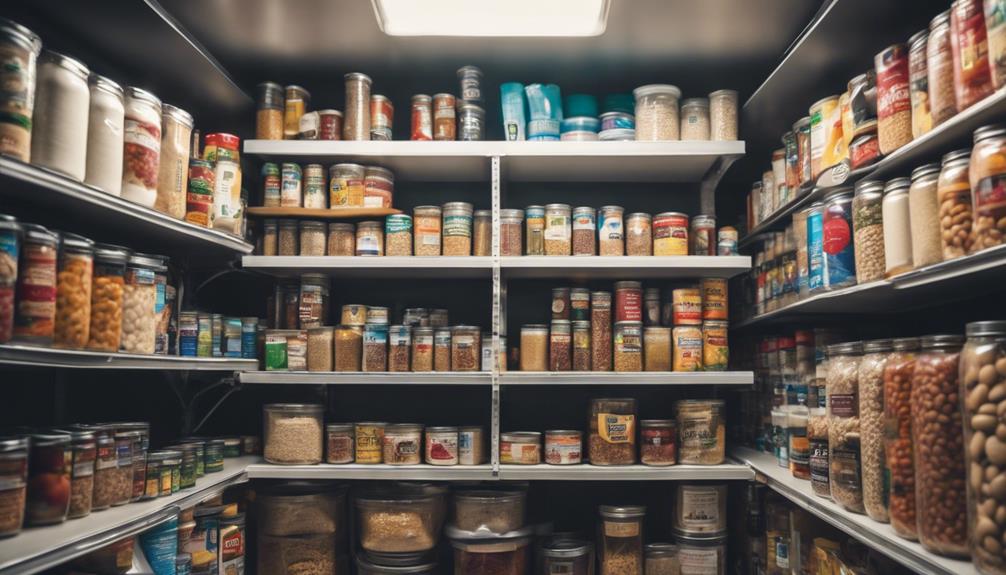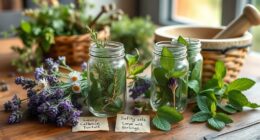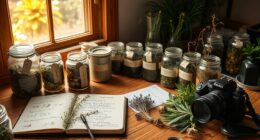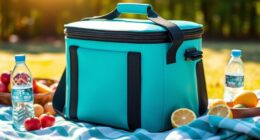To forage safely along the coast, you need to understand how tides and swell affect conditions. Pay attention to tide charts to pick times when low tide exposes marine life and makes gathering easier. Watch swell patterns to identify calmer, safer wave conditions and avoid areas with large, crashing waves. Monitoring these natural cues helps you stay safe and maximize your harvest. If you keep exploring, you’ll uncover even more tips to boost your foraging success.
Key Takeaways
- Monitor tide charts to identify low tide periods, which provide easier access to marine life and safer foraging conditions.
- Observe swell direction and wave patterns to determine calm shoreline areas and avoid hazardous, crashing waves.
- Plan trips during rising or low tide phases to maximize resource accessibility and minimize trapping or safety risks.
- Use weather and tidal forecasts to anticipate environmental changes and select optimal, safe foraging times.
- Recognize that consistent swell directions indicate calmer waters, reducing danger and improving foraging success.

Understanding how tides and swell patterns behave is essential for safe coastal foraging. When you’re exploring the shoreline, knowing the tidal patterns helps you predict when the water will be at its highest or lowest points, which directly affects the accessibility of certain foraged species. Tides are driven by the moon’s gravitational pull, creating a predictable cycle of high and low tides roughly every 6 to 12 hours. By observing these cycles, you can plan your foraging trips during ideal times when marine life is most accessible and safe to harvest. For example, many shellfish and crustaceans tend to be more exposed during low tide, making them easier to collect, but you need to be cautious about rising waters that could trap you or make certain areas dangerous.
In addition to understanding tidal patterns, paying attention to swell direction is equally important. Swell direction refers to the way ocean waves move across the water’s surface, influenced by wind patterns and the shape of the seabed. When you’re near the coast, swell direction can impact both safety and the success of your foraging. Waves coming from certain directions can create hazardous conditions, especially on rocky or uneven shoreline sections. If you notice that the swell is approaching from an angle that causes large, crashing waves, it’s best to hold off on venturing out until conditions settle. Conversely, swell coming from a consistent, gentle direction usually indicates calmer waters, making it safer and easier to access tide pools and shallow areas where many edible species reside.
Monitoring swell direction also helps you anticipate how the water may redistribute or uncover new foraging spots. For instance, a change in swell direction can shift sandbars or expose hidden crevices that harbor shellfish. This knowledge lets you maximize your foraging efforts, gathering more while minimizing risks. Remember, the combination of tidal patterns and swell direction influences current strength and wave action, which can quickly become dangerous if you’re not paying attention. Always check weather forecasts and tide charts before heading out, and keep an eye on how swell patterns develop during your trip. Additionally, understanding projector technology can be useful for planning outdoor activities, as it helps you visualize environmental conditions more clearly. By understanding these natural cues, you’ll be better equipped to choose safer times and locations for foraging, ensuring both a fruitful harvest and your safety along the coast.
Frequently Asked Questions
How Can I Identify Dangerous Rip Currents While Coastal Foraging?
You can identify dangerous rip currents by looking for visual cues like a channel of churning, murky water moving away from the shoreline, often narrower than the surrounding water. Rip current indicators include a break in the wave pattern, a difference in water color, and a calm area between breaking waves. Stay alert to these signs, and always heed local warnings to keep yourself safe while coastal foraging.
What Safety Gear Is Essential for Coastal Foraging During Rough Seas?
For rough seas, you need essential safety gear like personal flotation devices to stay buoyant if you fall in. Always check weather alerts before heading out, as they help you avoid dangerous conditions. Wearing a waterproof jacket and sturdy footwear also offers protection. Carry a whistle or signaling device for emergencies, and keep a fully charged phone in a waterproof case. This gear *guarantees* you stay safe while coastal foraging in challenging conditions.
How Do Weather Changes Impact Tide and Swell Conditions?
Weather patterns and wind shifts directly impact tide and swell conditions, making them more unpredictable. When a storm approaches or winds change direction, you’ll notice higher swells and stronger currents, which can be dangerous. Always stay alert to forecast updates, observe the sky, and monitor wind shifts. These changes can quickly alter sea conditions, so plan your foraging trips accordingly and avoid rough seas to stay safe.
Are There Specific Times of Day Best for Safe Foraging?
Timing is everything, so you should aim for tidal windows during the slack tide, when water is most still. These periods, often just before or after high or low tides, provide ideal timings for safe foraging. Early mornings or late afternoons typically offer calmer conditions and better visibility, reducing risks. Stick to these times, and you’ll increase your chances of a successful and safe foraging experience.
How Can I Tell if a Coastal Area Is Safe for Inexperienced Foragers?
You can tell if a coastal area is safe for inexperienced foragers by relying on local knowledge and observing hazard signs. Talk to locals or park rangers to get insights about safe spots and potential dangers. Watch for warning signs like unstable rocks, strong currents, or restricted areas. If you’re unsure, avoid areas with obvious hazards and always prioritize safety over exploration, especially when you’re still learning.
Conclusion
By mastering the ebb and flow of tides and swell, you become a skilled navigator of the coast’s hidden treasures. Think of the ocean’s rhythm as a dance, guiding you safely through each step. When you read the signs wisely, you’re like a sailor catching the perfect wave—confident and in tune with nature’s pulse. So, keep your eyes open and your instincts sharp, and let the ocean’s secrets reveal themselves safely.

